Donna Meyers joined the Museum’s Board of Directors in 2011 and has served as Board President since 2014. She brings a wealth of knowledge about natural resource management to her volunteer role on the Board.
Through her company Conservation Collaborative, Donna has worked as a watershed consultant on numerous projects to restore coastal habitats and regional waterways, including the Salinas and Carmel rivers. Previously, Donna served as the Director of Conservation for the Big Sur Land Trust and as the West Coast Regional Water Quality Coordinator for the National Marine Sanctuary Program.
A Sacramento area native, Donna first visited the Museum as a student at UC Santa Cruz, where she earned a bachelor’s degree in biology before going on to earn a master’s degree in environmental management and planning from California Polytechnic State University, San Luis Obispo. She later joined the Museum as a Member, and for more than 20 years had been enjoying its exhibits and programming when she was approached about joining the Board.
“I just always thought of it as an important community institution,” Donna said, explaining that she has seen the Museum’s relevance increase even more in recent years. “There is more interest in science and natural history in our society these days, and we are starting to fulfill that educational role more prominently. We are just becoming that place where people go to learn about natural history.”
As a woman trained in the sciences, Donna said her dedication to volunteering at the Museum is inspired by its founder, lighthouse keeper and naturalist Laura Hecox, who educated locals and visitors alike about the natural wonders of Santa Cruz more than 110 years ago.
“We are really promoting that legacy of women in science and learning that needs to be maintained and carried forward today,” Donna said. “There is a need to keep people educated in an affordable and accessible way about science and how we manage our resources.”
A 34-year resident of Santa Cruz, Donna also serves as chair of the city’s Parks and Recreation Commission and is an avid hiker and surfer.

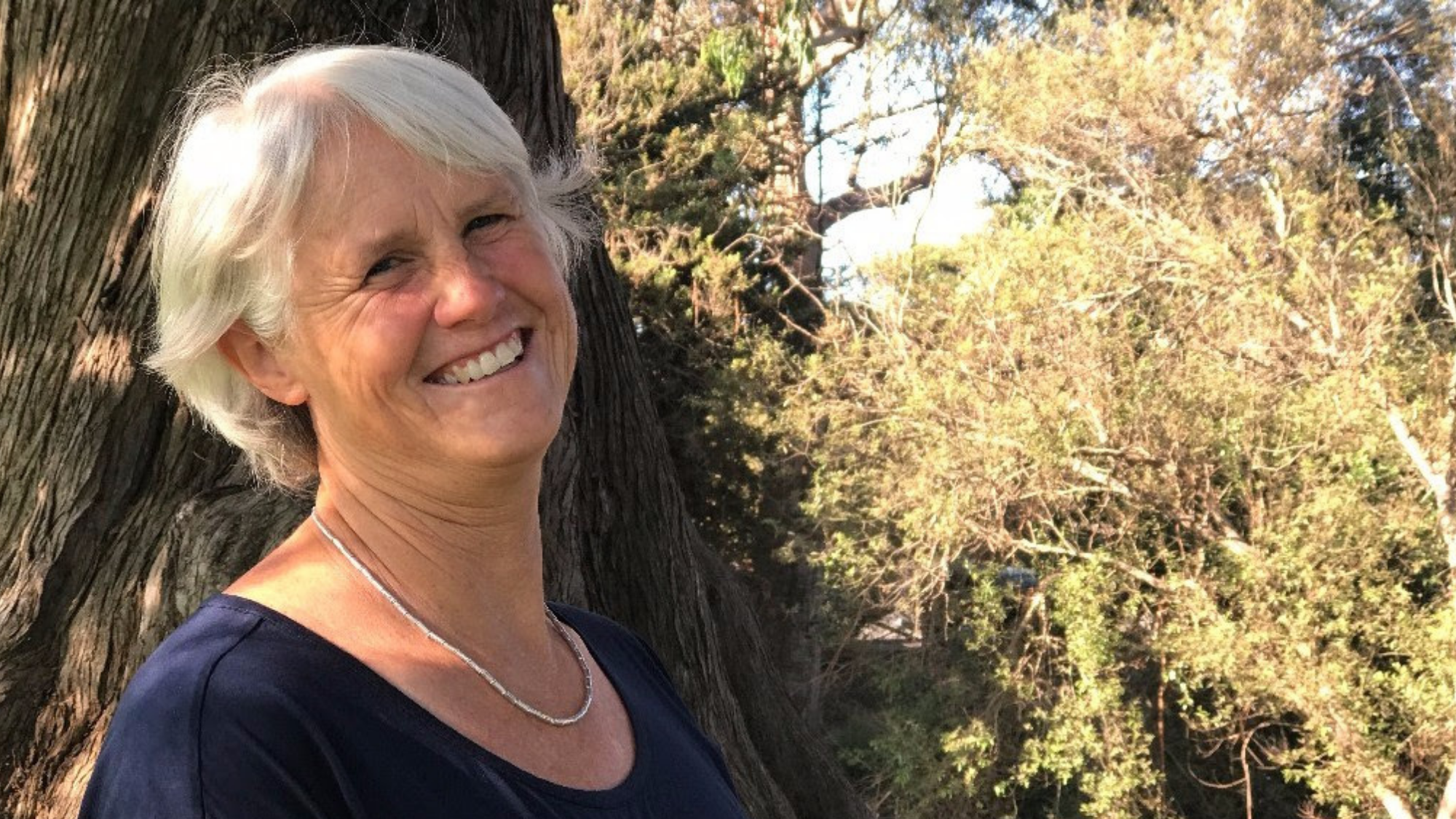
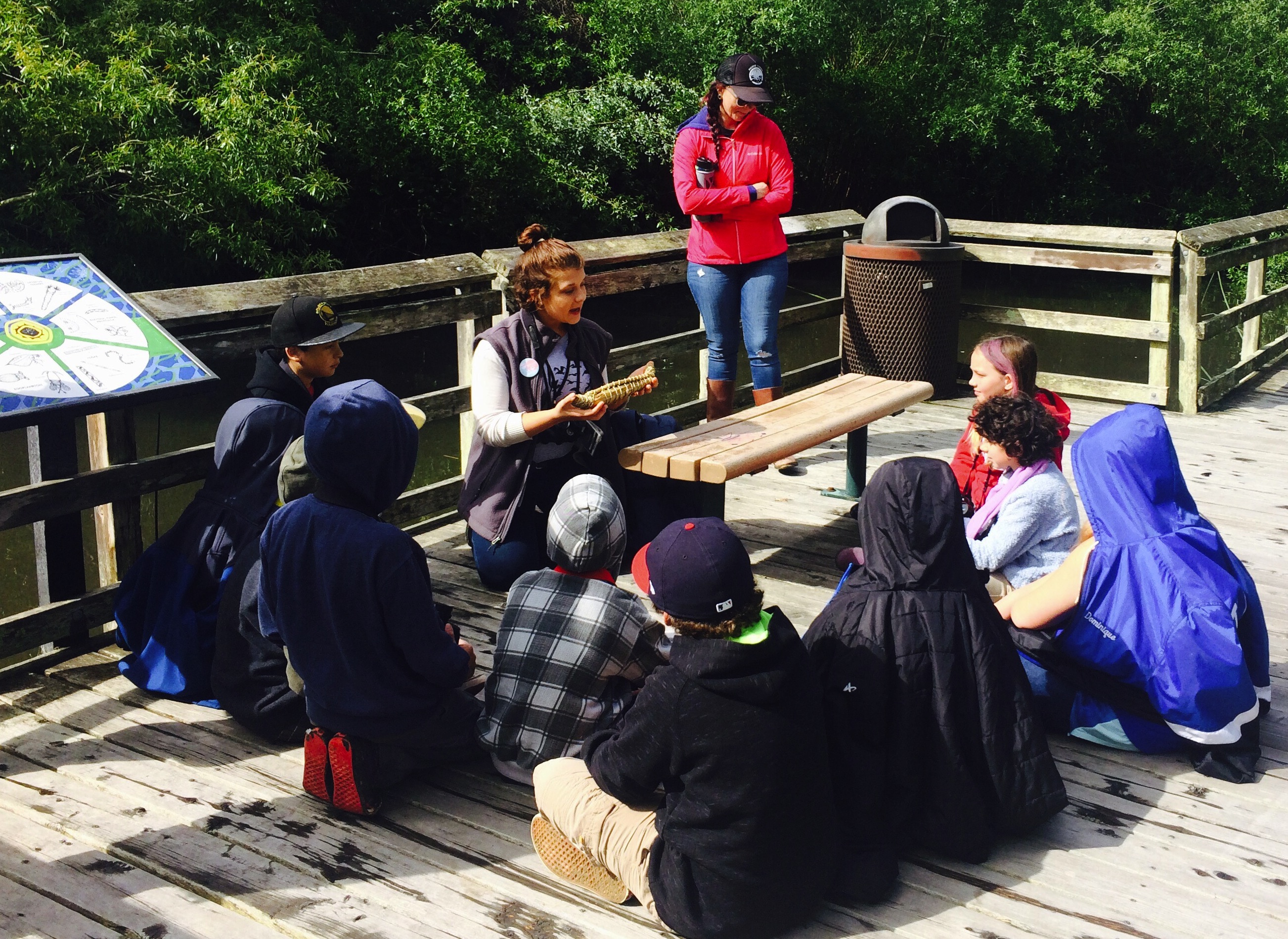
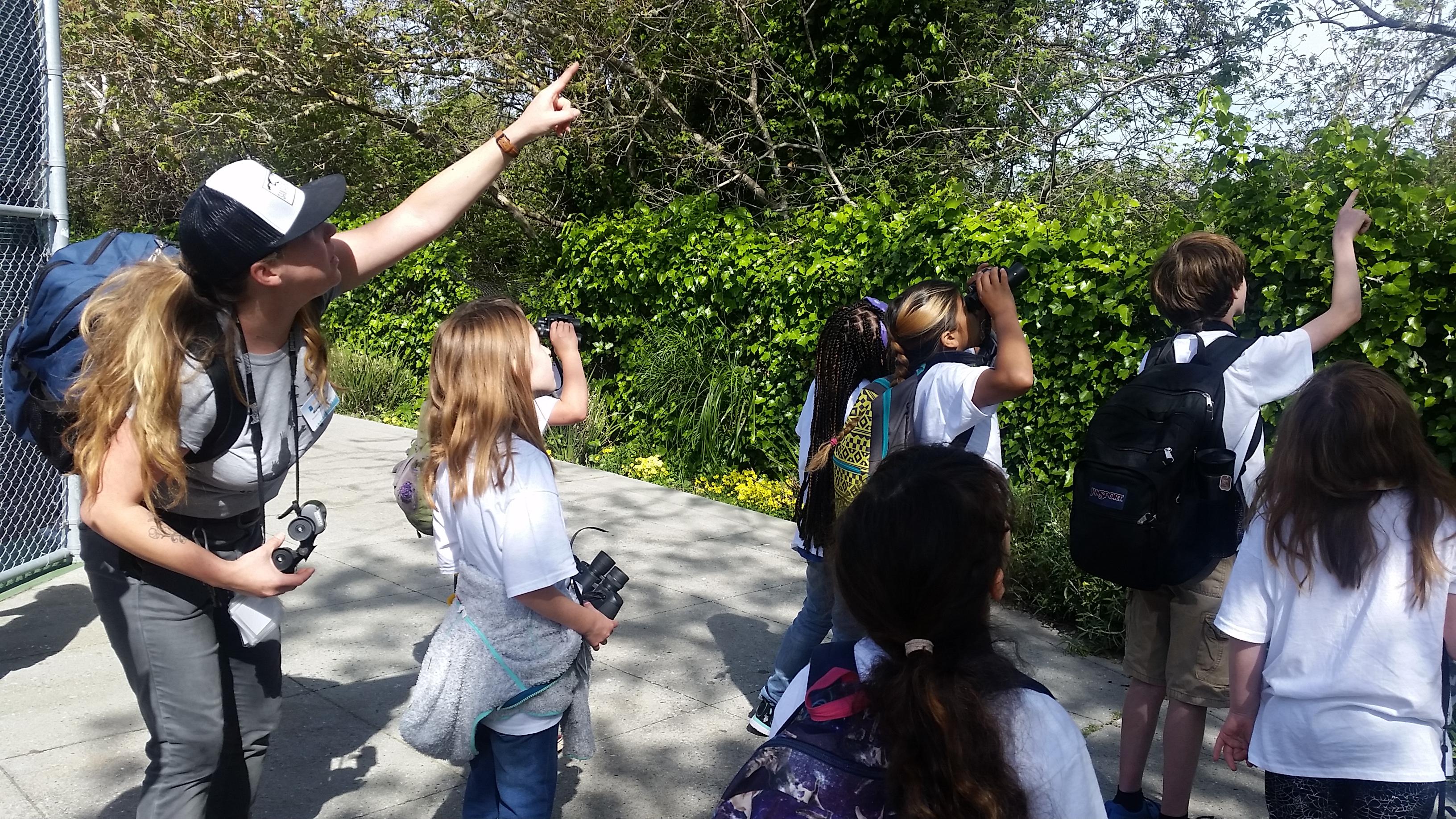
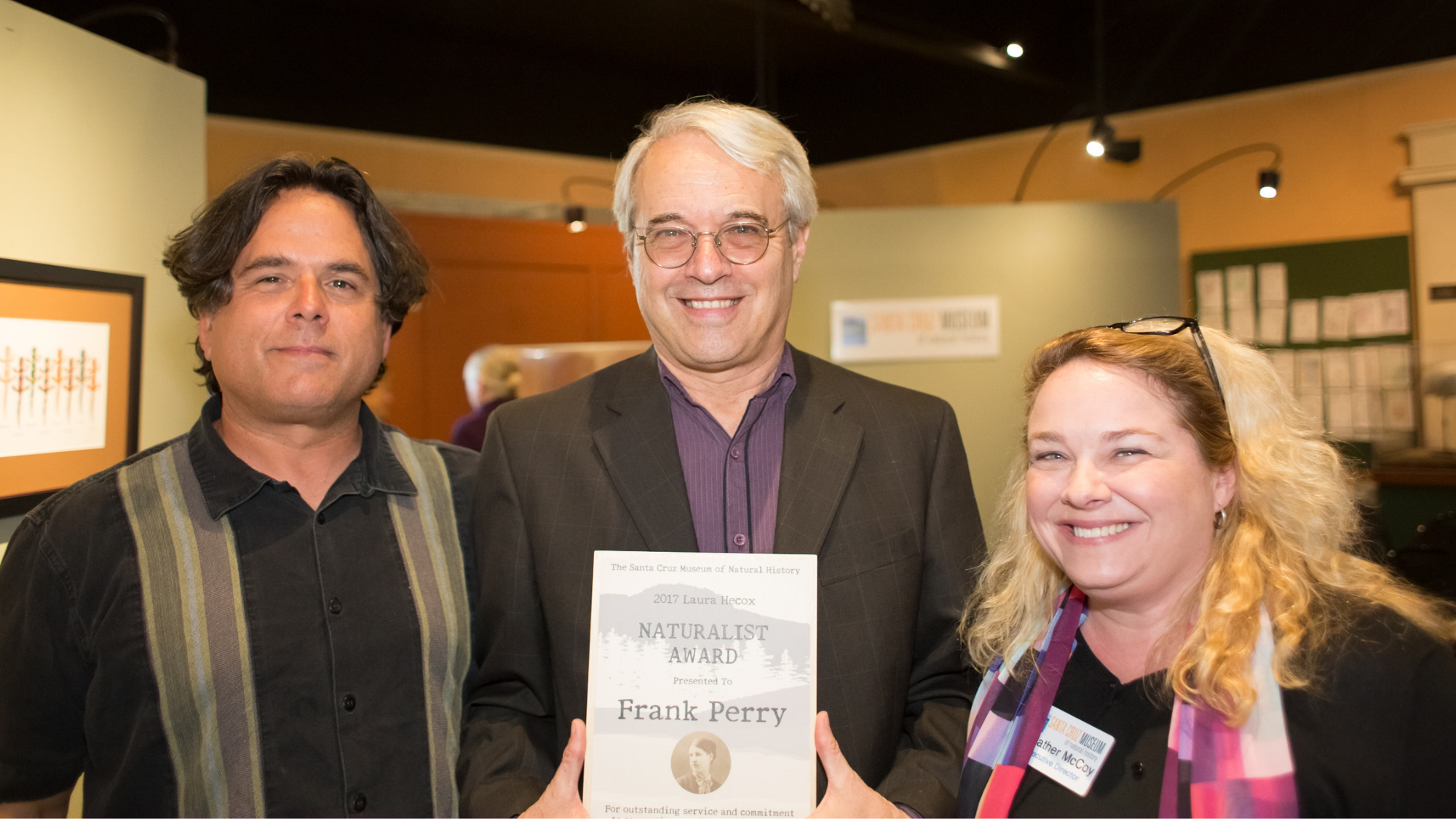
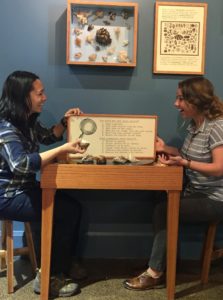 A museum is many things — it is a keeper of collections and the important stories they hold, a space to explore exhibits with loved ones, and a community center to come together to learn and discover through engaging programs, just to name a few. In our case, it is also a strong team of talented individuals who strive to share its mission every day. I am so proud of the creative and dedicated team of staff and volunteers we have here at the Museum, such as Education Manager Felicia Van Stolk and Museum Programs Coordinator Marisa Gomez (pictured here having fun in the Santa Cruz Naturalist Exhibit.) I hope you will take an opportunity to get to know us better through our
A museum is many things — it is a keeper of collections and the important stories they hold, a space to explore exhibits with loved ones, and a community center to come together to learn and discover through engaging programs, just to name a few. In our case, it is also a strong team of talented individuals who strive to share its mission every day. I am so proud of the creative and dedicated team of staff and volunteers we have here at the Museum, such as Education Manager Felicia Van Stolk and Museum Programs Coordinator Marisa Gomez (pictured here having fun in the Santa Cruz Naturalist Exhibit.) I hope you will take an opportunity to get to know us better through our 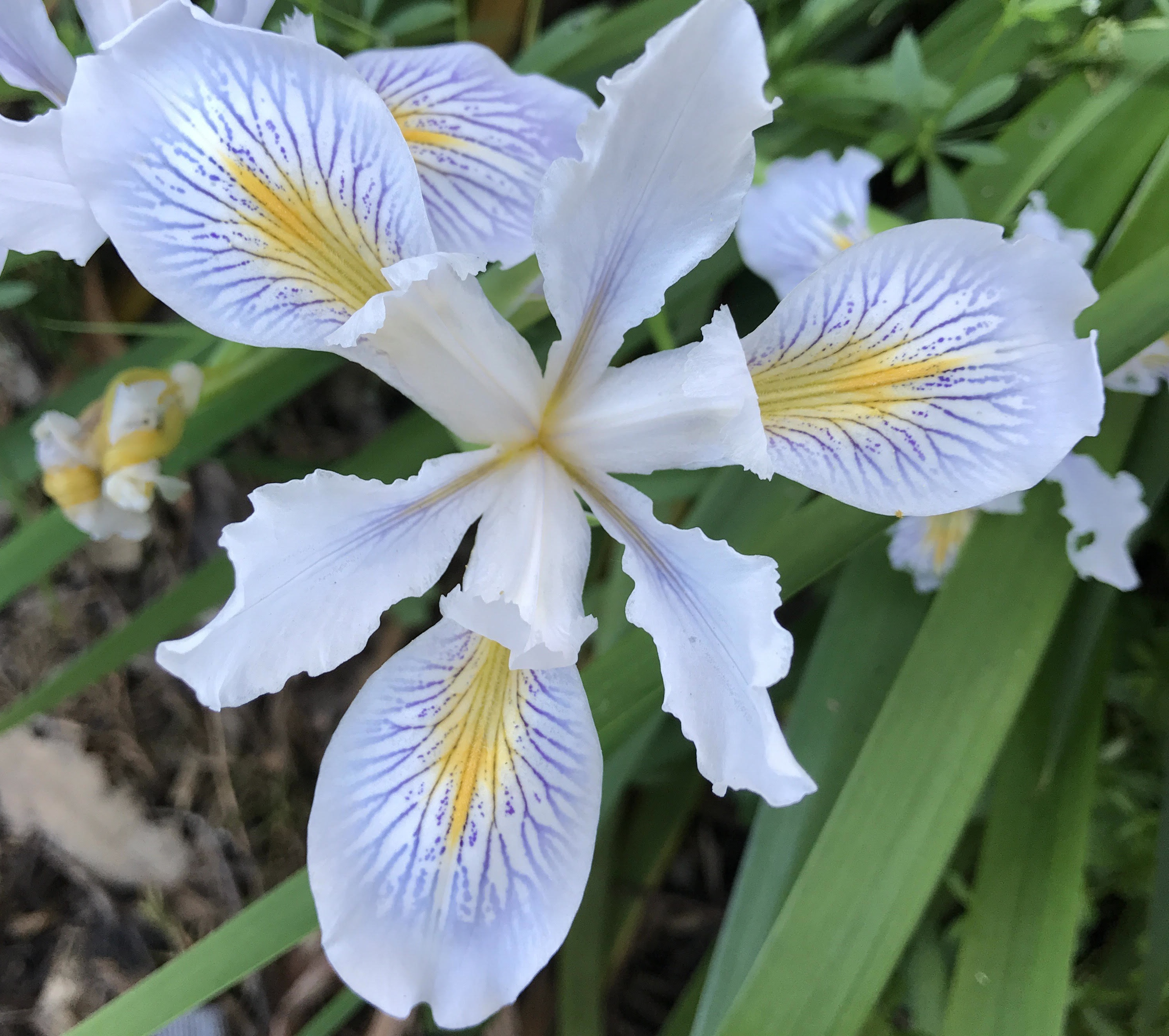
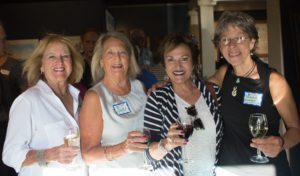 We rang in May with the premiere of the new book “
We rang in May with the premiere of the new book “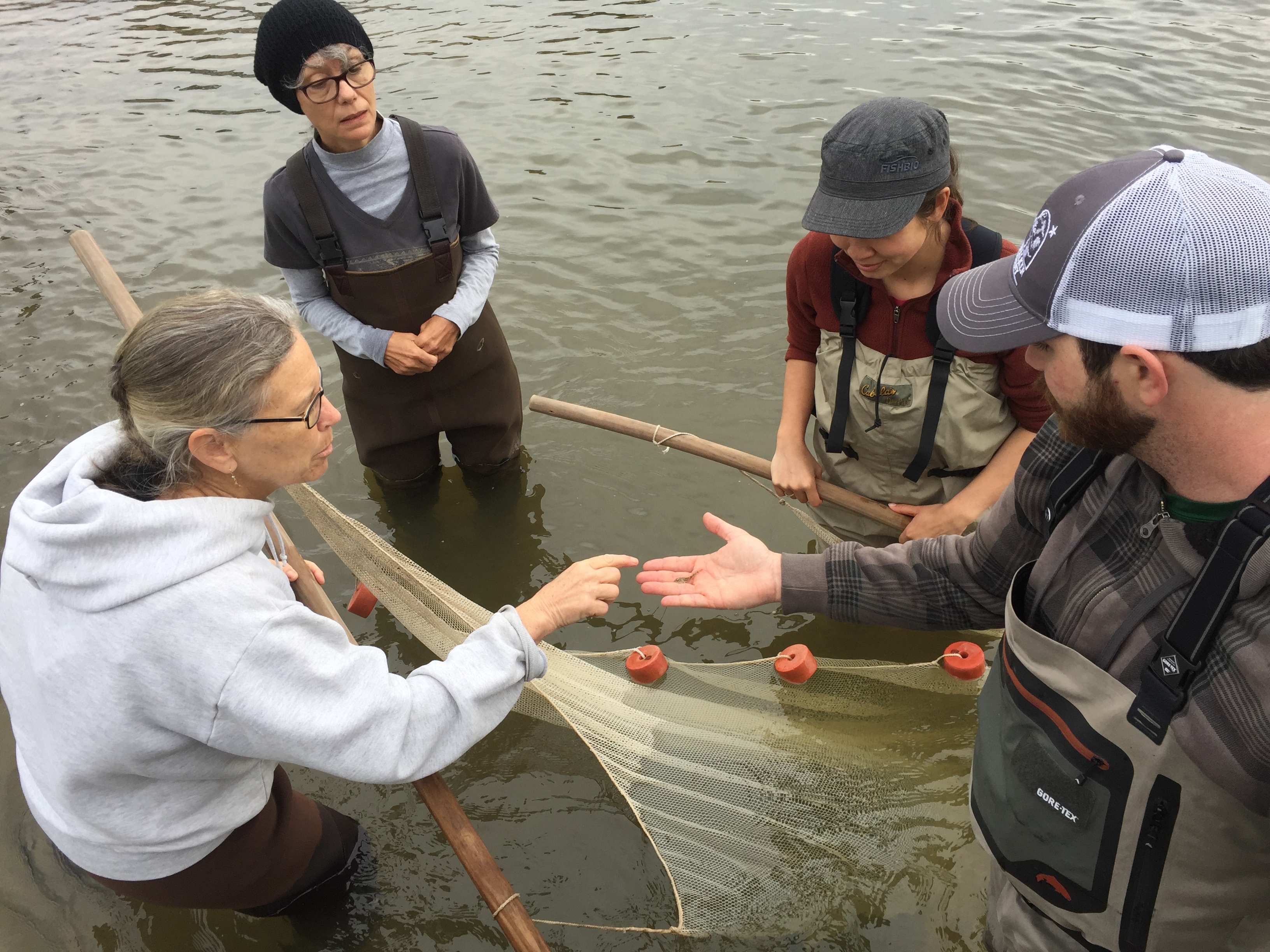
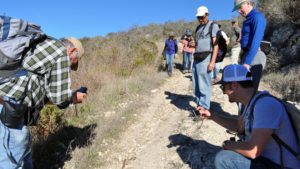 From April through June, we are celebrating Citizen Science, the growing movement through which scientists and non-scientists alike make observations, collect data and help answer questions about the world around us. Opportunities to participate in citizen science range from citizens independently recording their observations to organized projects led by professional scientists. Projects can involve a single person in a single day to large scale, multi-decade collaborations across the globe. Public participation, particularly projects involving thousands of individuals contributing data, helps answer questions that a single scientist could never tackle alone.
From April through June, we are celebrating Citizen Science, the growing movement through which scientists and non-scientists alike make observations, collect data and help answer questions about the world around us. Opportunities to participate in citizen science range from citizens independently recording their observations to organized projects led by professional scientists. Projects can involve a single person in a single day to large scale, multi-decade collaborations across the globe. Public participation, particularly projects involving thousands of individuals contributing data, helps answer questions that a single scientist could never tackle alone.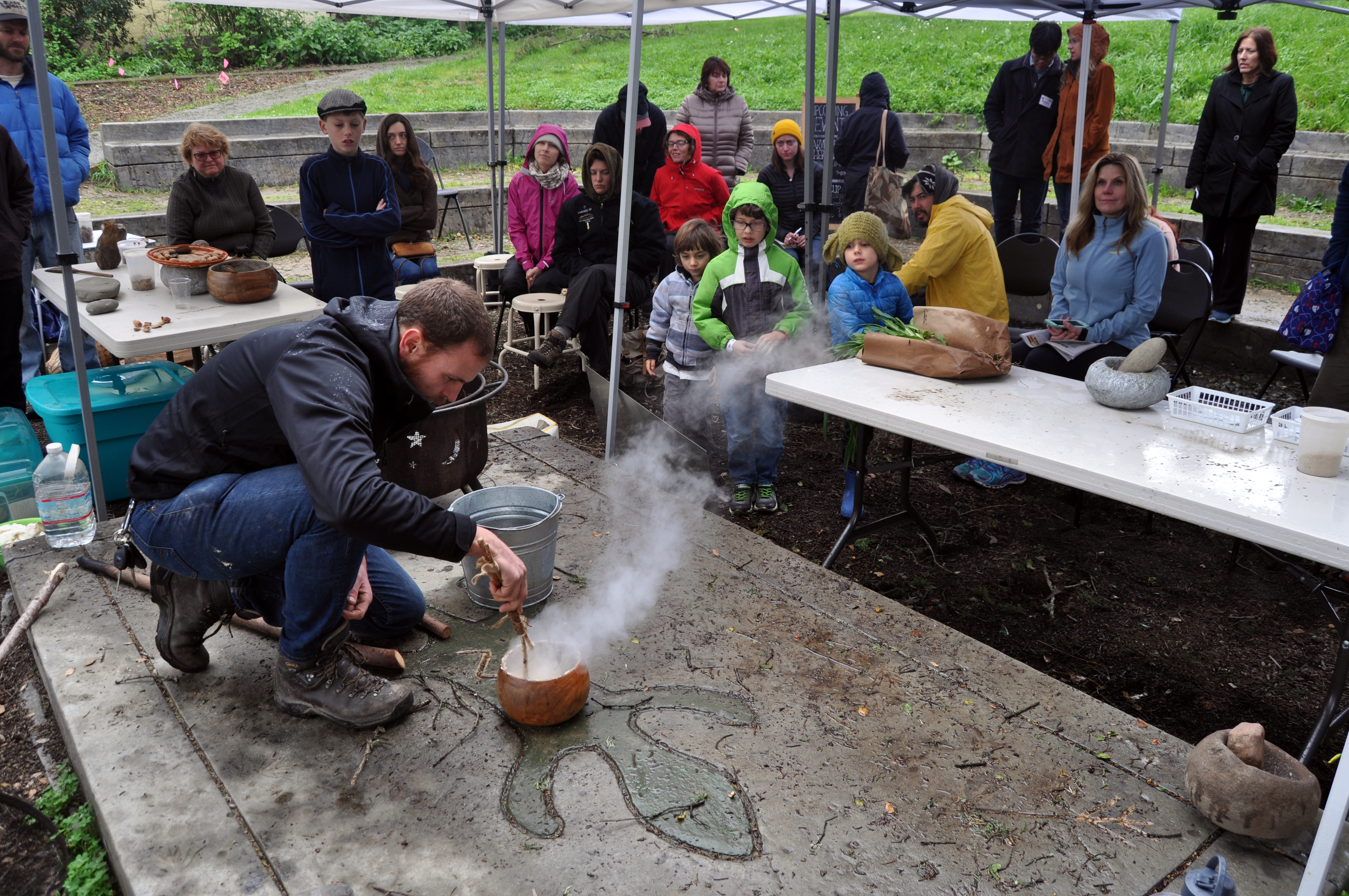
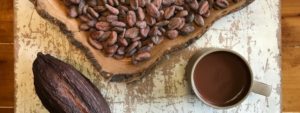 On March 21st, the Museum is partnering with Mutari Chocolate, to reveal what it takes to make a delicious cup of the ultimate comfort drink, hot chocolate. During the “Bean to Cup” presentation, Mutari’s owners, Katy Oursler and Stephen Beaumier, will educate us about the origins and history of chocolate making. Then they will lead us in a guided tasting of their delicious sipping chocolate!
On March 21st, the Museum is partnering with Mutari Chocolate, to reveal what it takes to make a delicious cup of the ultimate comfort drink, hot chocolate. During the “Bean to Cup” presentation, Mutari’s owners, Katy Oursler and Stephen Beaumier, will educate us about the origins and history of chocolate making. Then they will lead us in a guided tasting of their delicious sipping chocolate!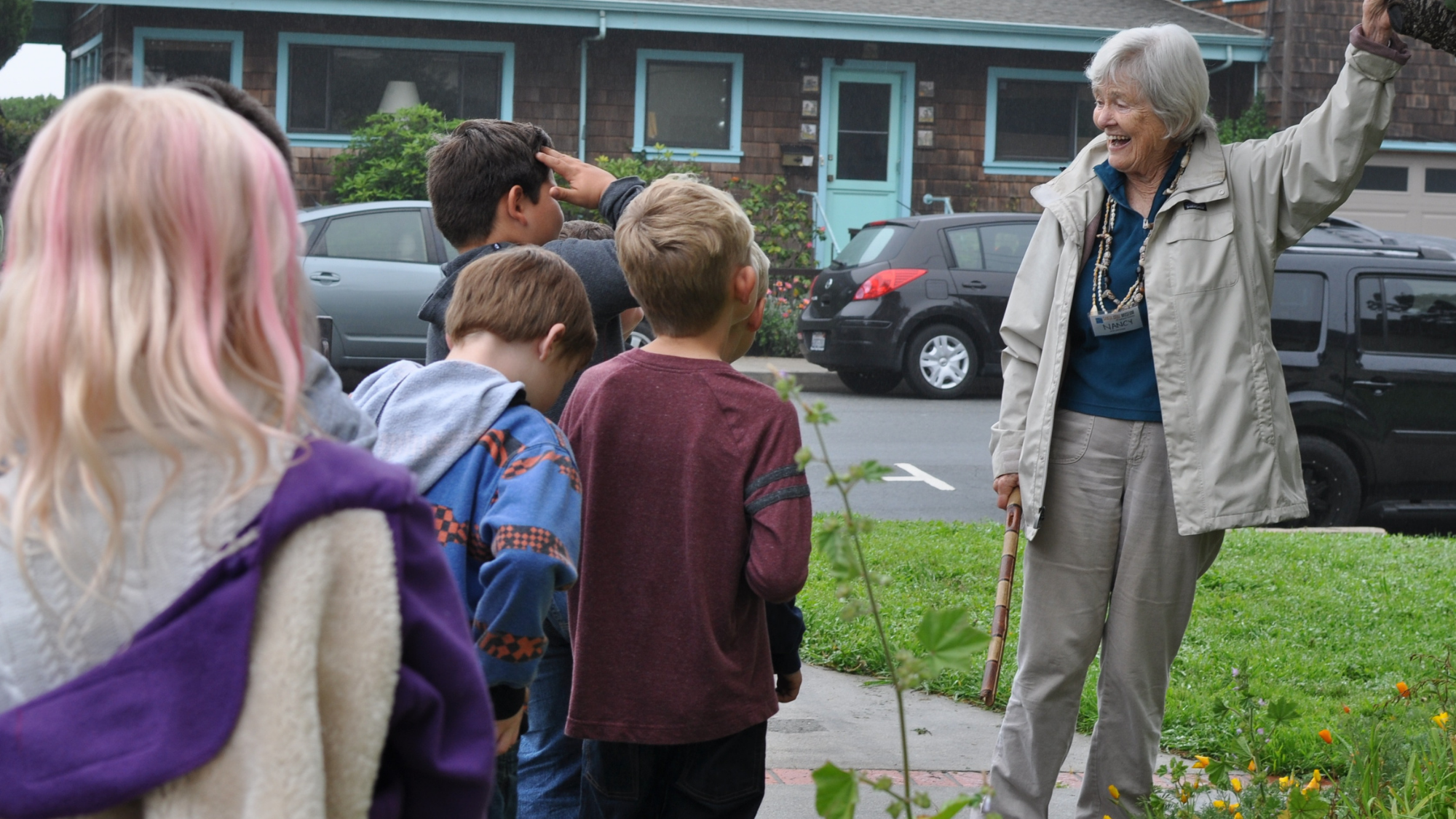
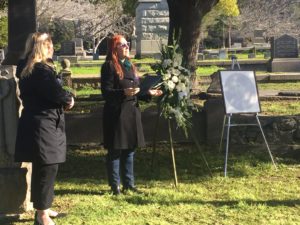 At Santa Cruz Memorial Cemetery, Mayor Cynthia Chase read a proclamation from the City of Santa Cruz designating January 29th as Laura Hecox Day. And I had the opportunity to talk about the love Laura had for the natural world, collecting shells, and other specimens and artifacts that formed the basis of our Museum, which opened in 1905 while she was still our city’s lightkeeper. Laura’s life served as inspiration for the Santa Cruz Naturalist exhibit that opened in June 2016, the first new permanent addition to the Museum’s galleries in over 20 years.
At Santa Cruz Memorial Cemetery, Mayor Cynthia Chase read a proclamation from the City of Santa Cruz designating January 29th as Laura Hecox Day. And I had the opportunity to talk about the love Laura had for the natural world, collecting shells, and other specimens and artifacts that formed the basis of our Museum, which opened in 1905 while she was still our city’s lightkeeper. Laura’s life served as inspiration for the Santa Cruz Naturalist exhibit that opened in June 2016, the first new permanent addition to the Museum’s galleries in over 20 years.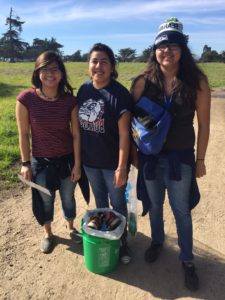 After the graveside ceremony, the Museum led a clean-up project in Lighthouse Field. Laura moved to Lighthouse Field at age 15 when her father assumed the role of the first lightkeeper of the then-new Santa Cruz Lighthouse. She took over her father’s position after his death and continued in that role through most of her life, living in the original lighthouse. Today, in its place, the Mark Abbott Lighthouse now guides vessels around Lighthouse Point. But the field across from West Cliff Drive remains open space full of opportunities to explore. About three dozen volunteers collected over 100 pounds of trash from the field, which was a particularly fitting way to honor Laura and her commitment to stewarding the natural world.
After the graveside ceremony, the Museum led a clean-up project in Lighthouse Field. Laura moved to Lighthouse Field at age 15 when her father assumed the role of the first lightkeeper of the then-new Santa Cruz Lighthouse. She took over her father’s position after his death and continued in that role through most of her life, living in the original lighthouse. Today, in its place, the Mark Abbott Lighthouse now guides vessels around Lighthouse Point. But the field across from West Cliff Drive remains open space full of opportunities to explore. About three dozen volunteers collected over 100 pounds of trash from the field, which was a particularly fitting way to honor Laura and her commitment to stewarding the natural world.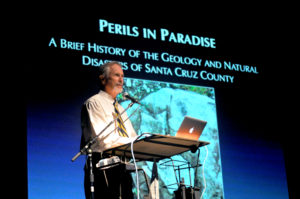 Dr. Griggs captivated the 550-member audience with an engaging overview of geological processes and a historical look at the most impactful natural disasters of our region, one where earthquakes, landslides, floods, fires and other calamities are an ever-present danger. As several storms wreaked havoc across the county on local cliffs, tributaries and roads, Dr. Griggs’ presentation served as a timely reminder that landmark events such as the 1955 and 1982 floods, or the 1989 Loma Prieta earthquake, have long shaped our region and that we cannot control nature. That’s a key reason the Museum exists — to share an understanding of the awesomeness of nature and inspire stewardship of it.
Dr. Griggs captivated the 550-member audience with an engaging overview of geological processes and a historical look at the most impactful natural disasters of our region, one where earthquakes, landslides, floods, fires and other calamities are an ever-present danger. As several storms wreaked havoc across the county on local cliffs, tributaries and roads, Dr. Griggs’ presentation served as a timely reminder that landmark events such as the 1955 and 1982 floods, or the 1989 Loma Prieta earthquake, have long shaped our region and that we cannot control nature. That’s a key reason the Museum exists — to share an understanding of the awesomeness of nature and inspire stewardship of it.